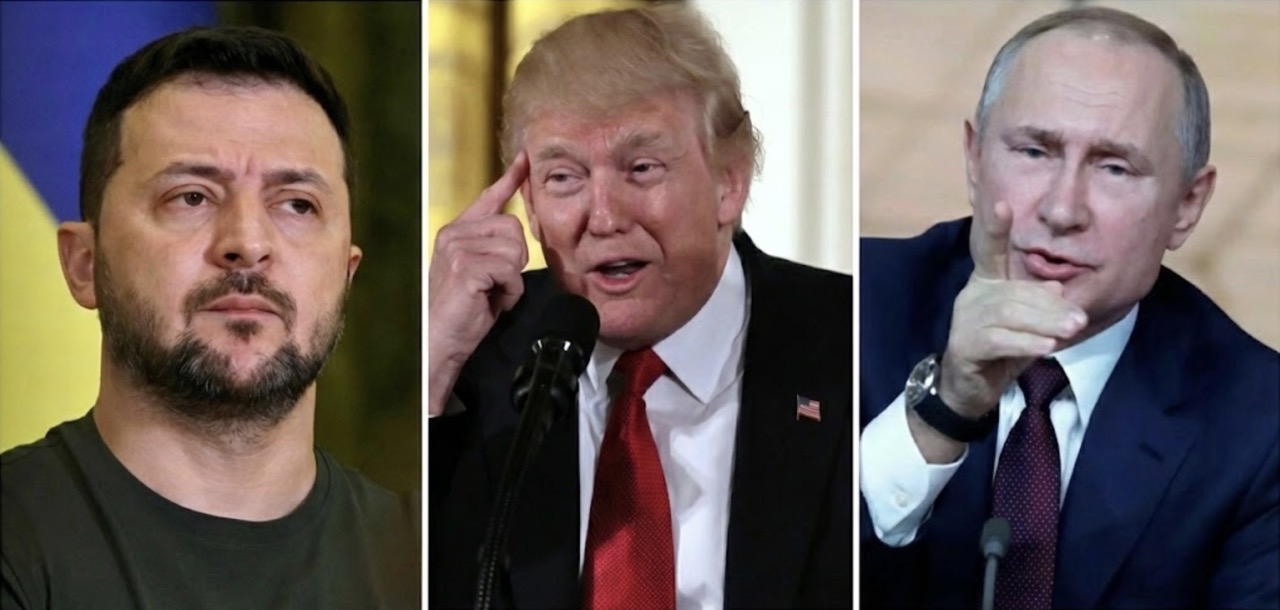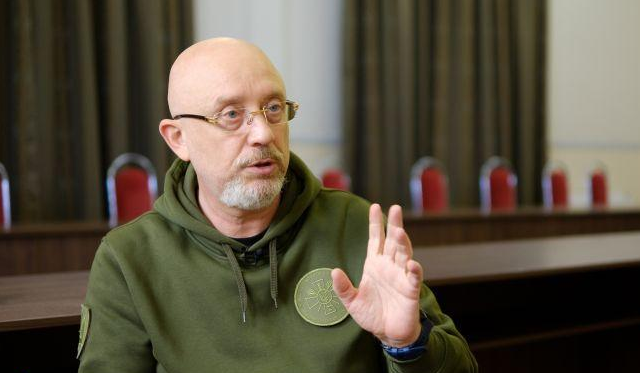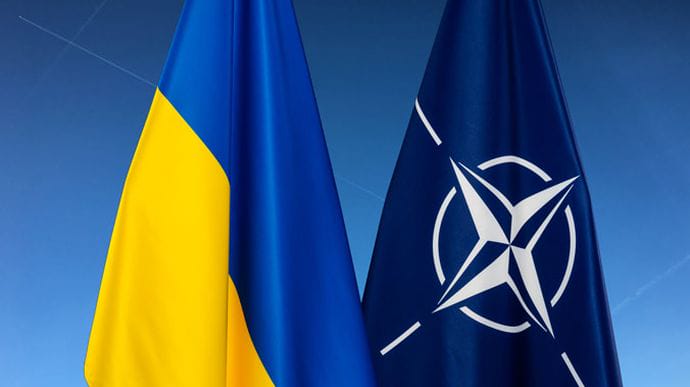US President Donald Trump and his top diplomat Marco Rubio present peace talks over Russia’s war in Ukraine as close to success, with only a few issues left to iron out. But behind the upbeat rhetoric, Moscow and Kyiv are holding firm on key conditions that could block a settlement at the point where it matters most: Ukraine’s long‑term security and sovereignty.
At stake in these talks is far more than the wording of another ceasefire document. The outcome will shape whether Ukraine emerges from the war as a defensible, sovereign state or as a wounded buffer zone, and whether Europe’s security order is rebuilt on rules or on the precedent that borders can be redrawn by force. The unresolved questions of territory, military capacity, and long‑term alignment are therefore not just tactical bargaining chips, but the core of an argument about what kind of peace the world is prepared to live with.
Russian demands collide with the revised peace framework
According to the Washington Post, Washington has softened an earlier 28‑point plan that Kyiv saw as too favorable to Russia, trimming provisions on territorial concessions and NATO that had closely matched Moscow’s wish list. The new draft no longer explicitly grants Russia a permanent veto over Ukraine’s NATO path and appears less generous on Donbas areas it has not fully conquered.
From Moscow’s perspective, this departs from what Putin believes he secured with Trump at their Alaska summit: the foreign minister, Sergei Lavrov, warned that if the new text erased the “spirit and letter of the Anchorage agreement,” Russia would be in a “fundamentally different situation.”
That warning came amid a major wave of Russian missile and drone strikes on Kyiv that hit apartment buildings and energy infrastructure, underscoring how Moscow is applying battlefield pressure and diplomatic leverage at the same time.
Until the Kremlin shows real willingness to compromise on territory and NATO, its stance remains the main structural obstacle on the Russian side.
Kyiv digs in on territory, army size, and NATO
A senior Ukrainian source with direct knowledge of the talks told CNN that while consensus exists on the recent peace plan draft, three “crucial areas” remain unresolved—Donbas, army size, and NATO.
Earlier US ideas envisaged Ukraine handing over key parts of Donbas as a Russian‑administered “demilitarized zone,” including a defensive “fortress belt” of towns Kyiv sees as vital; formally surrendering them is still a red line.
On force levels, Trump’s original cap of 600,000 troops is being revised upward, but Ukraine resists rigid limits while Russia keeps far larger forces mobilized. And on NATO, Kyiv is clearest of all: renouncing membership “remains unacceptable,” since it would effectively grant Russia a veto over alliance decisions.
For a country that has lost tens of thousands defending its right to choose its alliances, abandoning that goal in a peace deal is seen as politically and strategically intolerable.
Narrow room for compromise
Diplomats sketch only a slim corridor for agreement: a front line that freezes fighting without formally recognizing Russian annexations; long‑term Western support and security guarantees for Ukraine short of immediate NATO entry; and carefully calibrated force arrangements that deter future aggression without demilitarizing the country.
Recent reporting highlights that a new 19-point peace framework between Washington and Kyiv has already dropped some of the earlier near‑surrender terms while still dodging the hardest questions of territory and long‑term security architecture.
For now, both sides seem more inclined to test each other’s resolve than to move on Donbas, military power, or NATO—leaving Trump’s “tremendous progress” looking far less solid than his rhetoric suggests.





